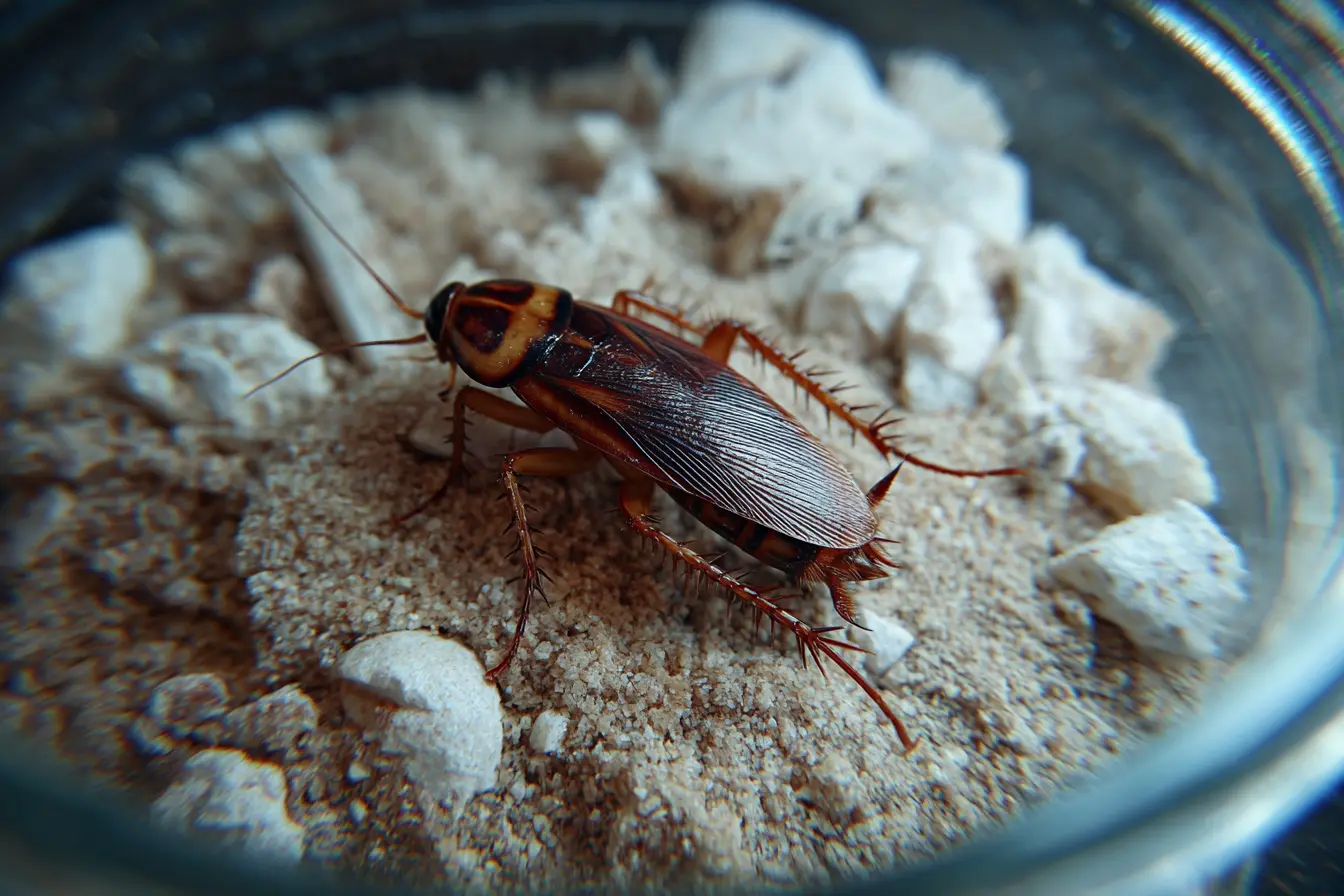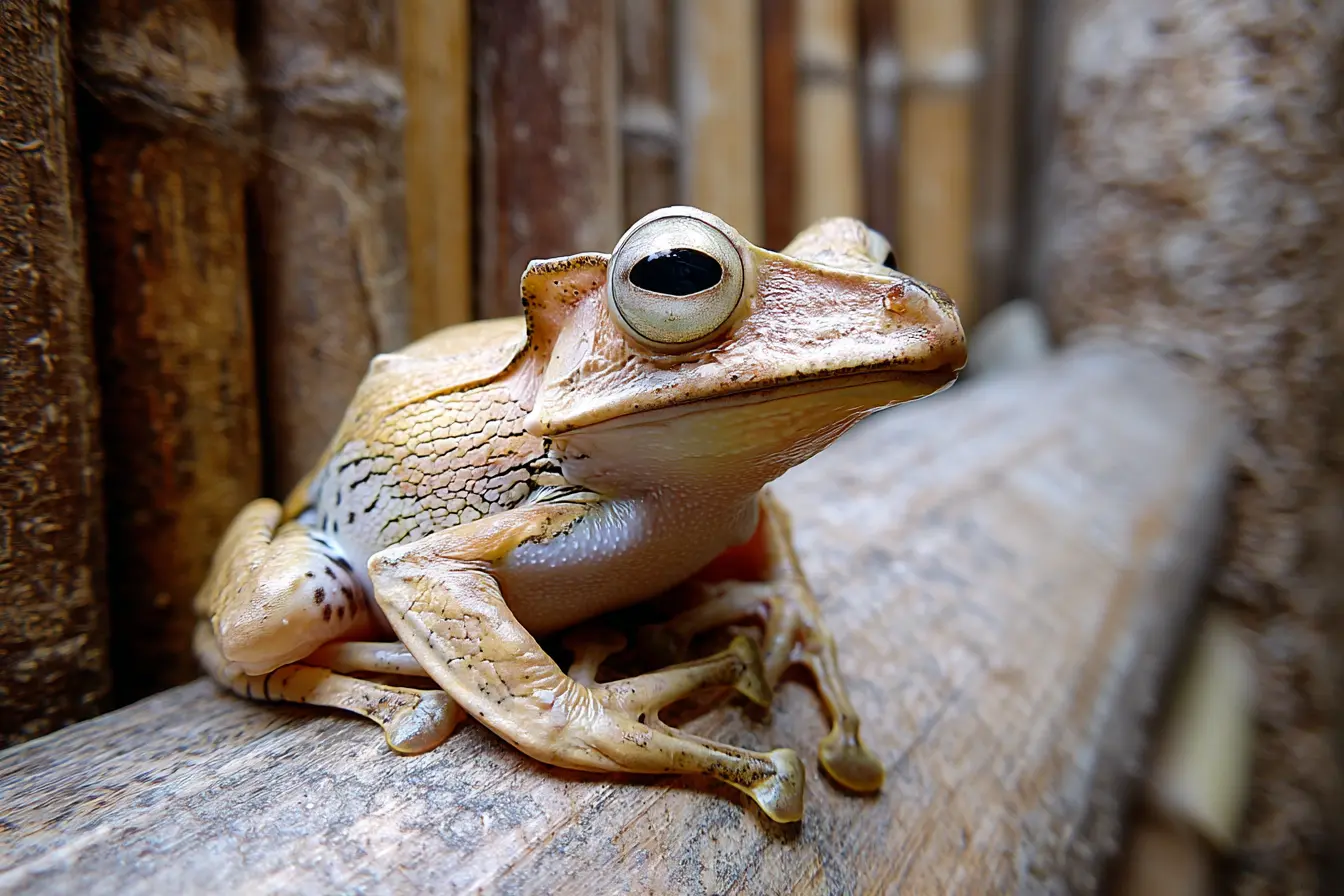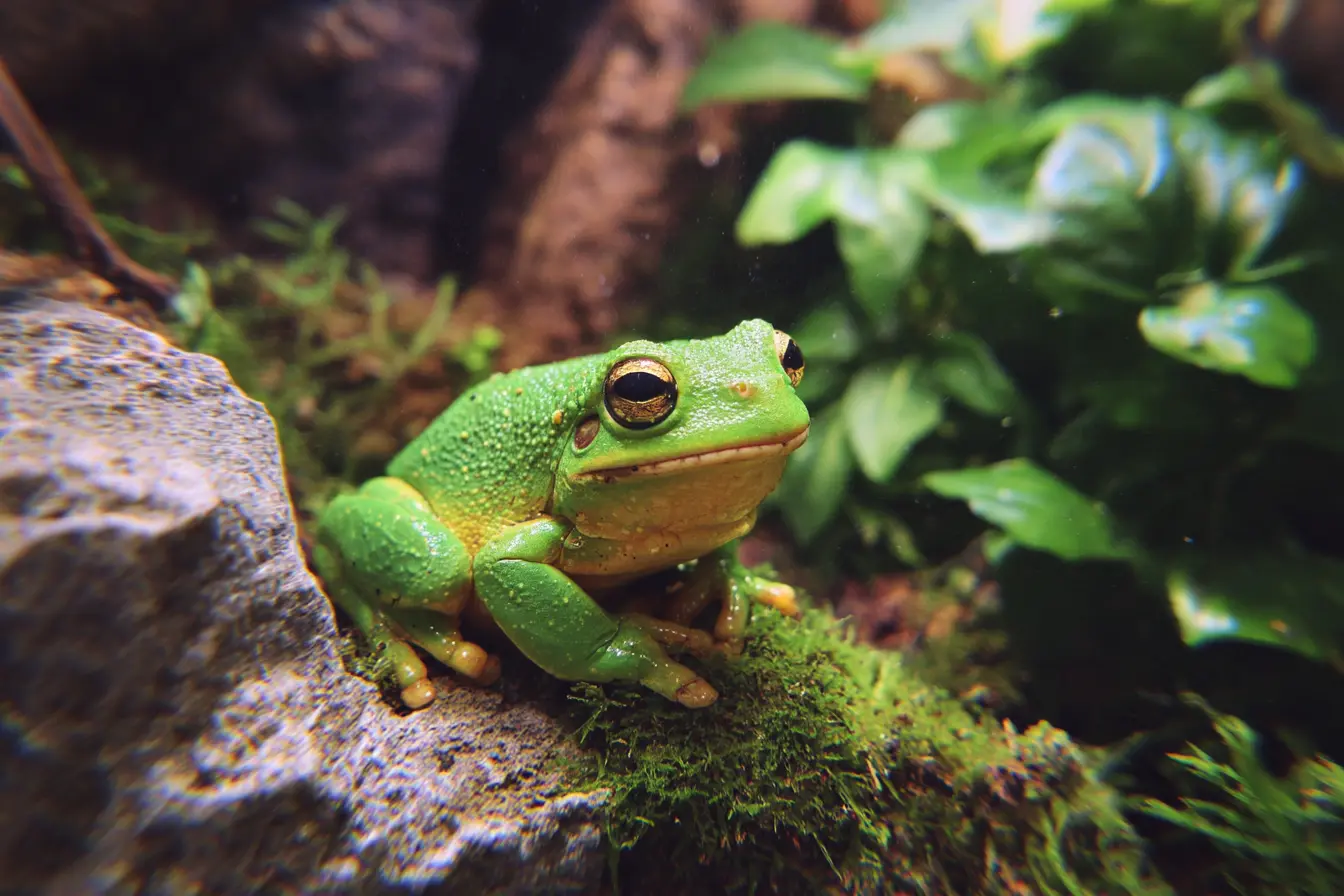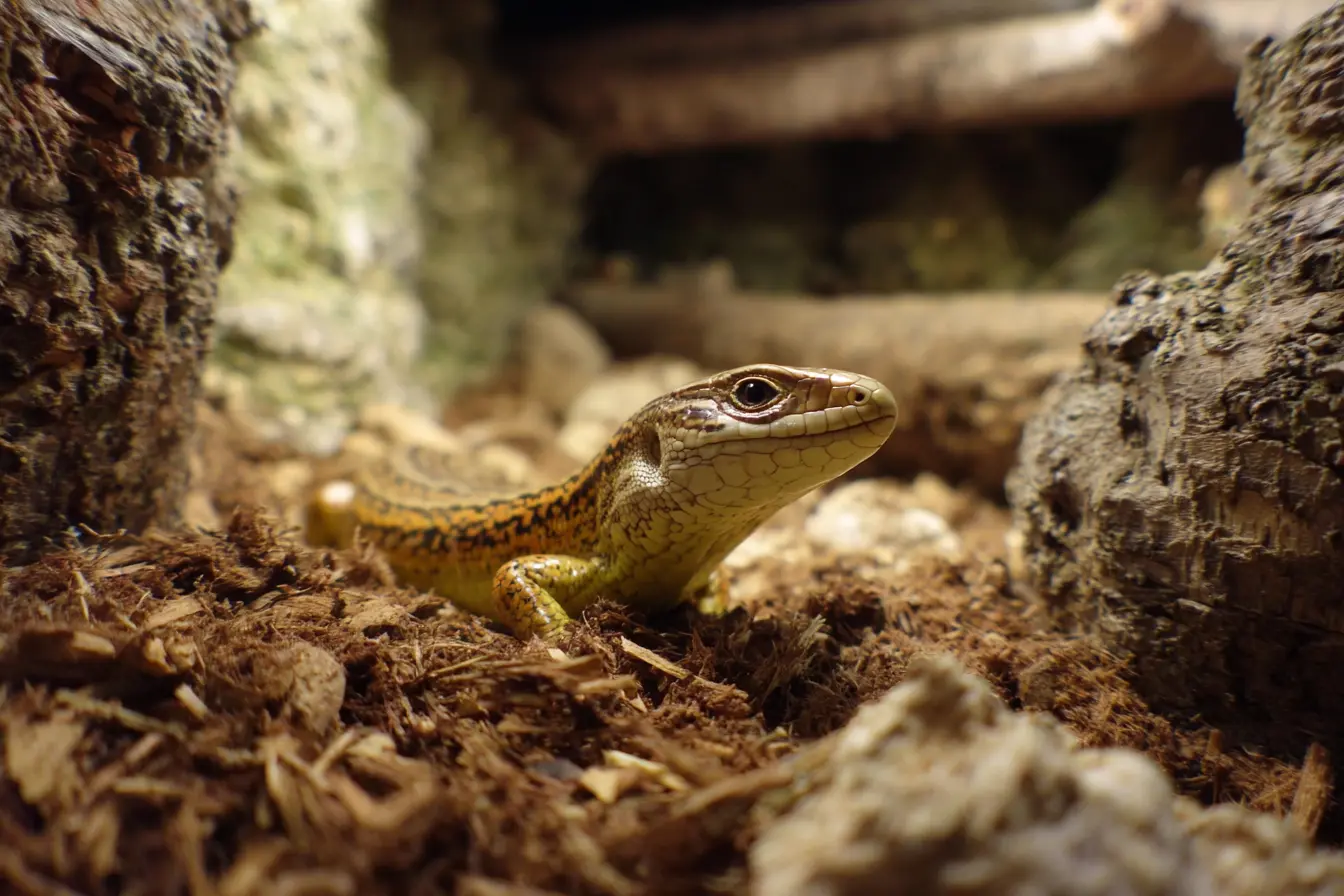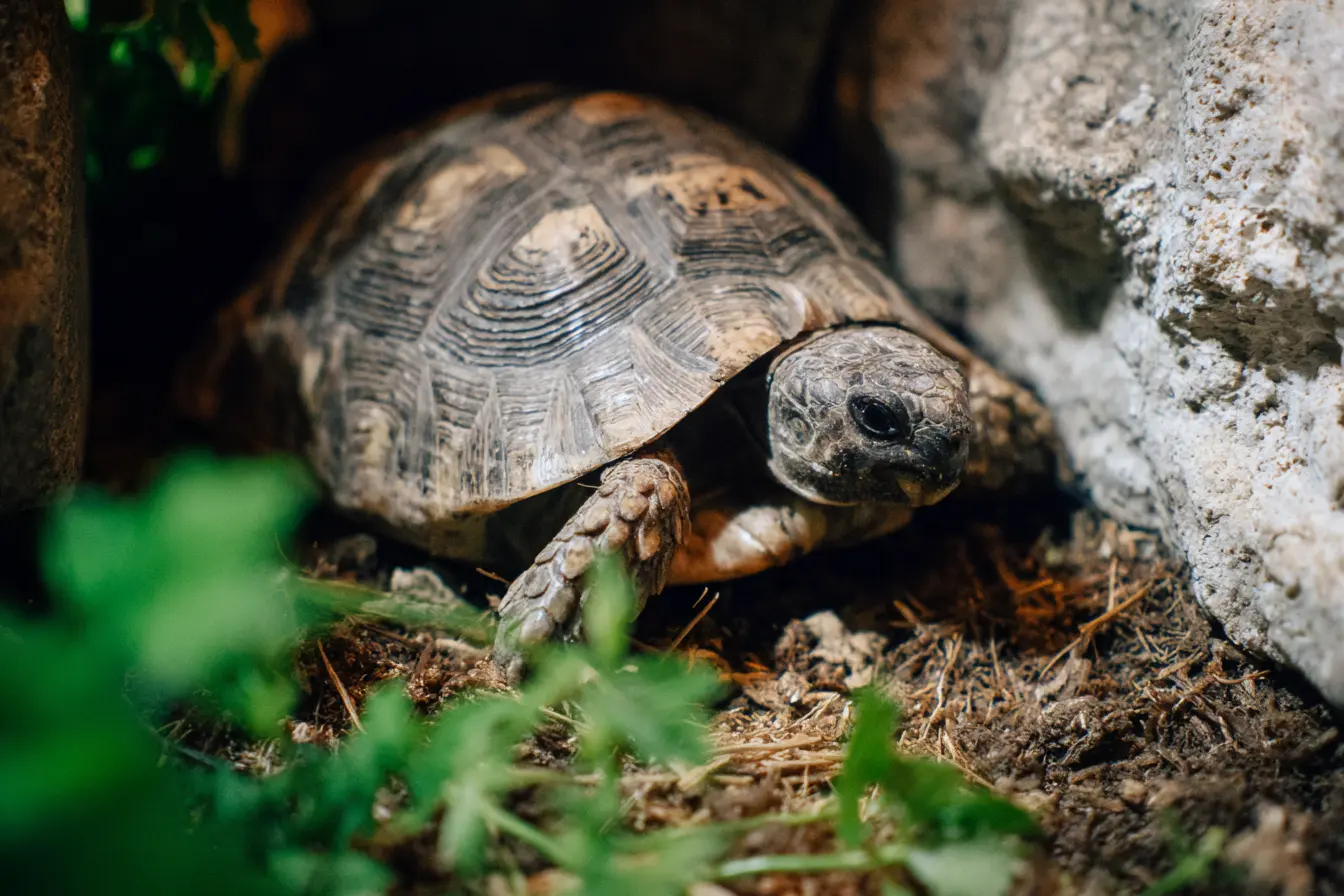
A Beginner's Guide to Housing Your Pet Tortoise
If you've recently decided to welcome a pet tortoise into your home, congratulations! Tortoises are fascinating creatures that, with the right care, can become a cherished part of your family for many years—even decades. To help you get started, here’s a detailed guide on how to create an appropriate and comfortable habitat for your new friend.
Choosing the Right Enclosure
Indoor Housing
An indoor enclosure for a young or small tortoise should be at least 90 x 60 cm, but bigger is always better, especially as your tortoise grows. For adult tortoises, consider converting an entire room or a large portion of it into their habitat. The walls of the enclosure should be high enough to prevent escapes and solid to block drafts. Materials such as wood or a large, low aquarium can work well.
Outdoor Housing
If you live in a climate suitable for your specific tortoise species and have outdoor space, providing an outdoor enclosure can be highly beneficial. It should be secure, predator-proof, and have both sunny and shaded areas. The enclosure must also have a well-drained area to prevent puddling and a waterproof shelter for your tortoise to retreat from weather extremes.
Environmental Control
Temperature
Tortoises require a warm environment to stay healthy. Indoors, use a combination of under-tank heaters and basking lights to create a temperature gradient with a warmer basking area (30-35°C) and a cooler area (20-25°C). Never use heat rocks as they can cause burns.
Lighting
UVB lighting is crucial for indoor tortoises as it aids in Vitamin D3 synthesis, necessary for calcium metabolism and overall health. Ensure your UVB lamp covers a significant portion of their enclosure and replace the bulb every 6 months to maintain its effectiveness.
Humidity
The required humidity level will depend on the species of tortoise you have. Mediterranean tortoises, for instance, typically need lower humidity, whereas tropical species require higher levels. Regular misting and a substrate that retains moisture can help manage humidity levels.
Substrate and Furnishing
Substrate
Choose a substrate that mimics your tortoise's natural environment. Coconut coir, topsoil, or a mix of sand and soil are good options. Avoid substrates like cedar or pine shavings and gravel, as they can be harmful if ingested or can cause respiratory issues.
Decor and Landscaping
Incorporate features such as flat rocks, non-toxic plants, and logs to allow natural behaviours like digging, climbing, and foraging. Ensure all plants within the enclosure are safe for tortoises, as they are likely to nibble on them.
Safety and Maintenance
Regular Cleaning
Maintain the cleanliness of the enclosure by regularly removing waste and uneaten food, and performing a deep clean monthly. Use reptile-safe disinfectants for cleaning and thoroughly rinse the enclosure to remove any residue.
Health Monitoring
Keep a close eye on your tortoise's health. Signs of illness may include lethargy, lack of appetite, swollen eyes, or nasal discharge. Consult with a reptile-savvy veterinarian if you notice any concerning symptoms.
Conclusion
Setting up the right housing for your pet tortoise involves careful planning and consideration of their specific environmental needs. By creating a suitable habitat, you're not only ensuring your tortoise’s health and well-being but also enabling them to exhibit natural behaviours and lead a fulfilling life. Remember, each species of tortoise has its unique care requirements, so it's crucial to research and understand the needs of the specific type of tortoise you have. Enjoy the rewarding experience of tortoise ownership and the unique bond you will build with your new pet.
Vets near you
Speciality vets
- Aquatics vet specialists
- Birds vet specialists
- Camelids vet specialists
- Cats vet specialists
- Cattle vet specialists
- Deer vet specialists
- Dogs vet specialists
- Equines vet specialists
- Exotic vet specialists
- Goats vet specialists
- Pigs vet specialists
- Poultry vet specialists
- Sheep vet specialists
- Small Mammals vet specialists
- Wild vet specialists
